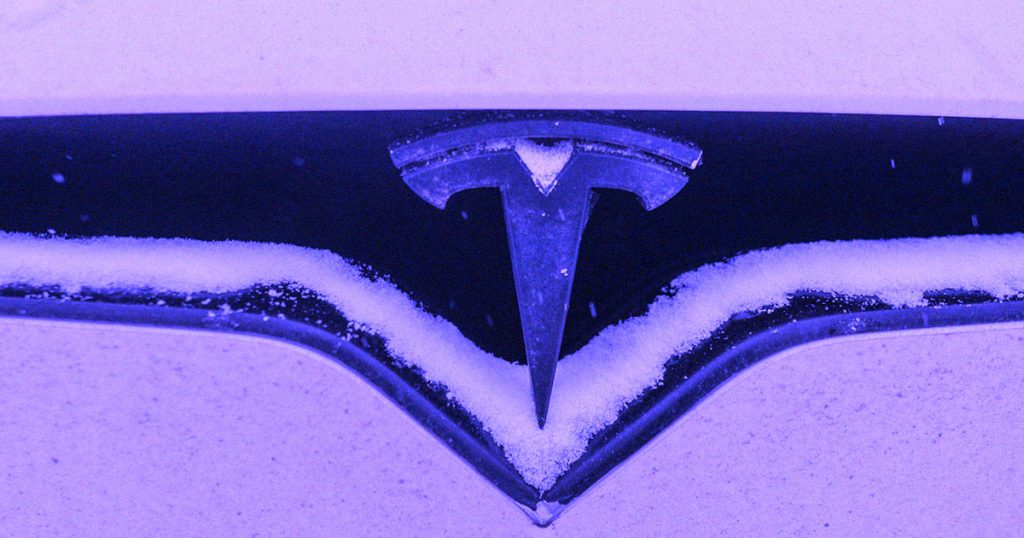A Tesla would come in handy if you ever find yourself stranded in a heavy traffic jam.
A severe snowstorm earlier this month caused a major traffic blockage in Virginia that lasted 48 miles and 30 hours. The incident sparked a heated debate in the Washington Post, with some claiming that it would have been worse if all of the cars had been electric.
According to the argument, Tesla drivers could become stuck in their “out of juice EVs” and require a tow. However, one YouTuber named ‘Dirty Tesla’ took matters into his own hands to counter the absurd claims. He did his tests and determined that both a 2020 Tesla Model X and a 2021 Tesla Model Y exceeded all expectations when idling in freezing weather conditions to keep their passengers warm.

Many of Dirty Tesla’s experiment conditions were similar to the Virginia traffic jam. The Youtuber lived in Michigan, where temperatures ranged between a bone-chilling 12 and 15 degrees Fahrenheit throughout the experiment.
Though Dirty Tesla charged his Teslas with solar energy, he also recorded how much energy and cost would be required to charge without solar panels — and his findings were astounding.
The Youtuber discovered on his 12-hour check that the 2020 Model X went from 90 percent to 47 percent of its battery capacity, while the 2021 Model Y went from 91 percent to 58 percent after initially setting the in-car temperature to 70 degrees. Next, he reduced the temperature to 60 degrees, and after 18 hours, the Model Y had declined by 10%. The Model Y utilised 34.5 kilowatt-hours (kWh) in total, and at $0.16 per kWh, it cost less than $7 to heat the car sufficiently for 18 hours.
A car parked in a driveway isn’t the same as one stopped on the highway — a hot living room is only a few feet away, but such test shows that EVs and their batteries are far more resistant to freezing temperatures than critics assume.


